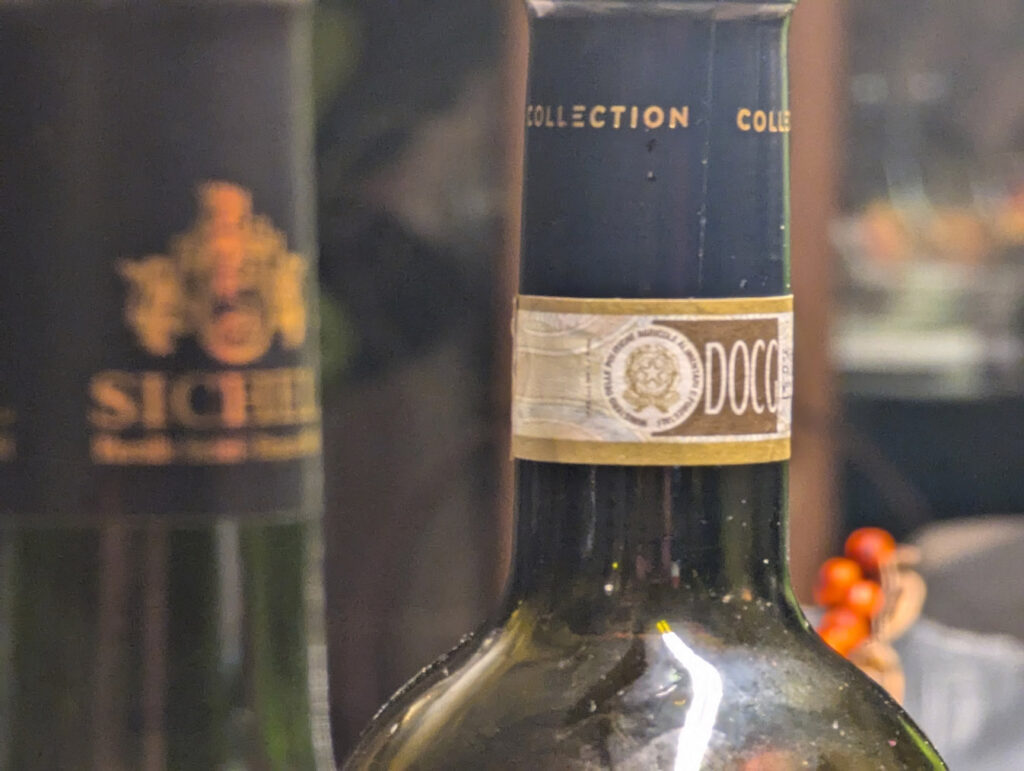
M&S Collection Poggio Tosco Chianti Classico Riserva 2019 is an Italian red from Tuscany, made by the Azienda Uggiano winery. This blend is predominantly Sangiovese (80%) with the remaining 20% likely composed of Cabernet Sauvignon and Canaiolo, given the usual composition of Chianti from this winery. It sits in M&S’s ‘Collection’ range, which features top-tier wines from globally renowned regions, catering to a broad audience of both casual and seasoned wine enthusiasts.
‘Classico’ denotes this Chianti’s origin in the Chianti region, between Florence and Siena. This area, spanning about 100 square miles, produces Chianti wines under the DOCG designation, ensuring rigorous quality standards. The Riserva classification places this wine in the middle tier of Chianti Classico, above Annata and below Gran Selezione, requiring a minimum of 24 months’ aging, including three months in the bottle and an alcohol content of at least 12.5%. The wine, at 13.5% ABV, is aged in Slavonian oak for 12 months, which contributes to its complex structure, but has undergone minimal treatment to preserve its authentic character.
An aspect of Chianti Classico regulations is the ongoing debate around including international varieties like Cabernet Sauvignon. While Sangiovese is the backbone of Chianti, varieties like Cabernet Sauvignon and Merlot are currently permitted and have helped elevate the quality of wines in the region. From 2027, however, Cabernet Sauvignon may be banned from Gran Selezione, the highest classification. For now, these international grapes lend balance and depth to Sangiovese, which is seems apparent in this wine’s character.
Initially, this Chianti Classico Riserva was subdued on the nose and palate, showing little aroma or flavour. However, after decanting for an hour and warming slightly, it opened up well, offering Morello cherry and oak aromas. The Sangiovese shines with bright red cherry taste, while hints of black fruit, likely from Cabernet Sauvignon, add depth. The medium tannins are well-integrated, and I found this wine was actually best with food, particularly complementing an Italian tomato-based dish I had at the time.
At £14 from M&S and Ocado.














